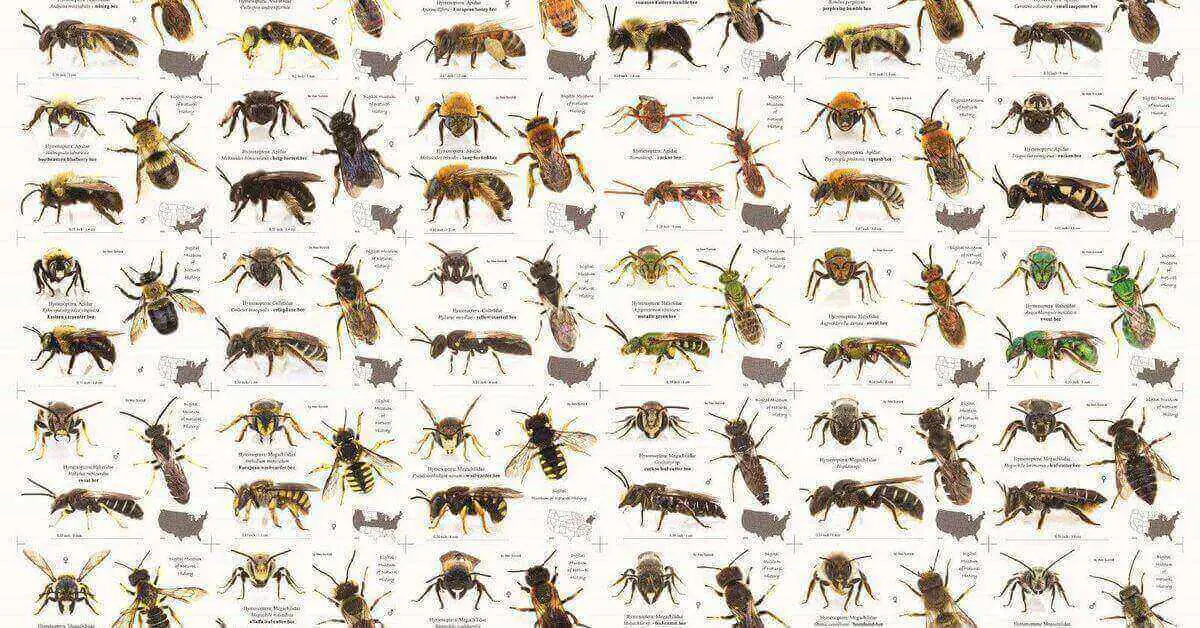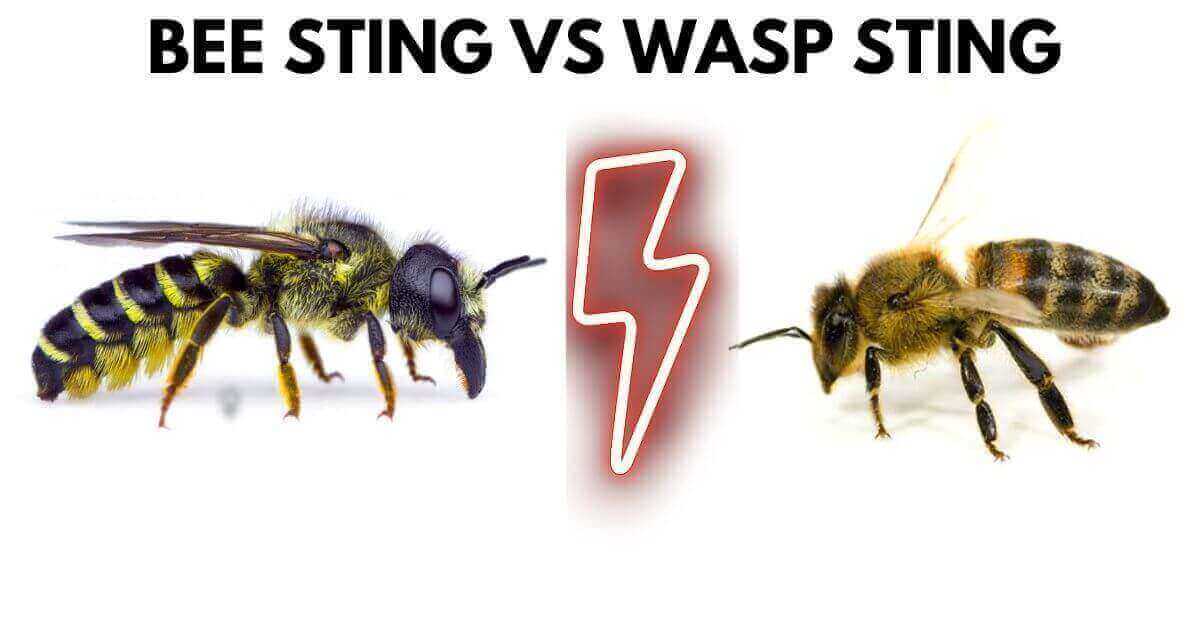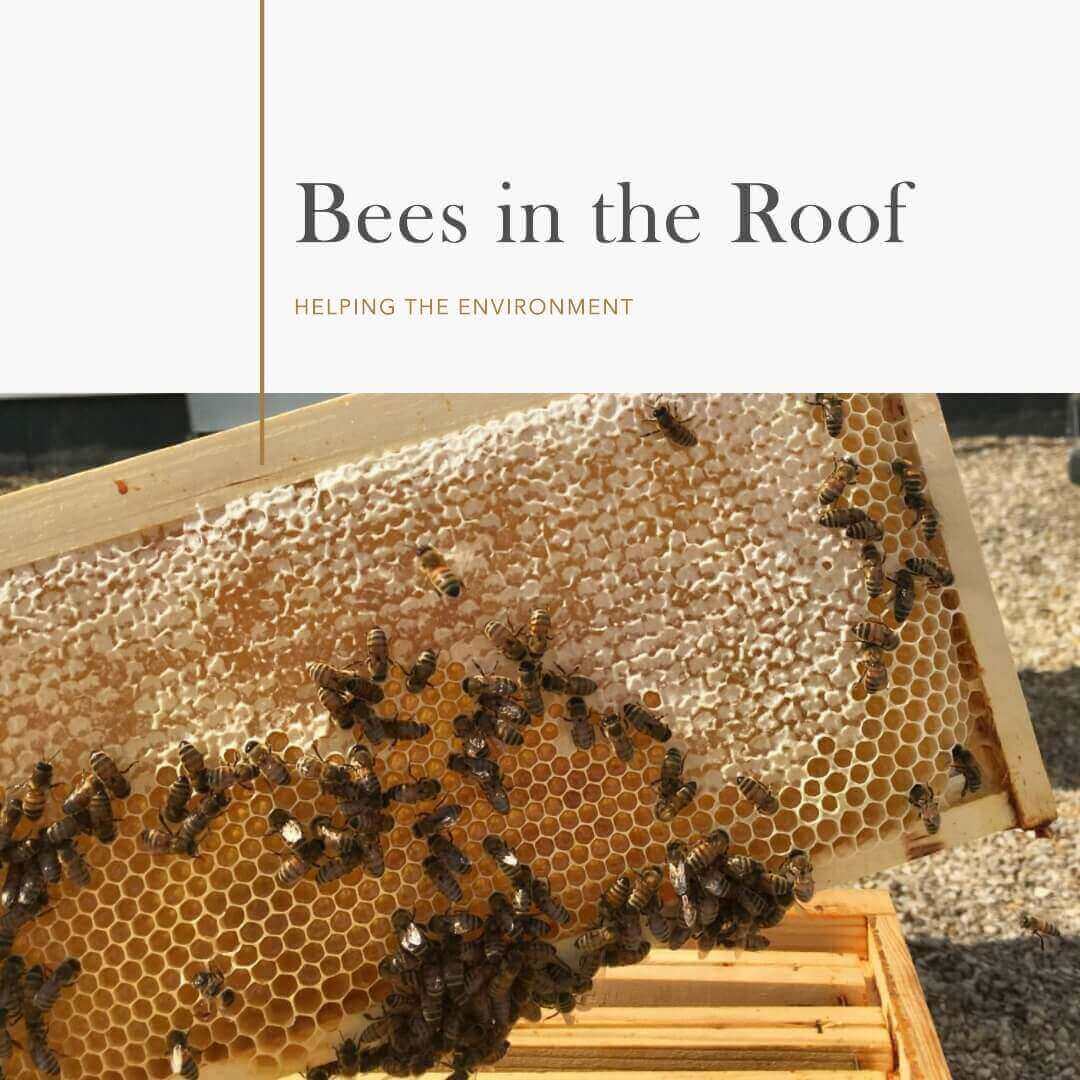Bees, those tiny yet powerful pollinators, have captivated humans for millennia. Their remarkable abilities, intricate social structures, and, of course, the question of whether they possess brains have intrigued scientists and nature enthusiasts alike. In this article, we embark on a fascinating journey to explore the mysteries Do Bees have Brain, their anatomy, size, and neuronal complexities, shedding light on the marvels of these industrious insects.
Do Bees Have Brains?
Yes, bees do indeed have brains! Despite their small size, their brains are crucial for carrying out a multitude of complex tasks. A bee’s brain is essential for processing sensory information, navigating their environment, communicating with their colony, and executing various sophisticated behaviors.
Bee Brain Size and Neurons
While diminutive in comparison to many other creatures, a bee’s brain is a masterpiece of efficiency. On average, a honeybee’s brain contains about 960,000 neurons, which might seem modest when compared to human brains with billions of neurons. However, what truly astounds researchers is the bee brain’s ability to handle an extensive array of tasks with such a seemingly limited neural count.
Despite its compact size, the bee brain has evolved to maximize its functionality. It is a remarkable example of how nature optimizes design to cater to specific needs. The bee’s brain size is perfectly tailored for their unique lifestyle, and it is a testament to the fascinating ways in which evolution shapes living organisms.
Bee Brain Anatomy
The bee brain’s anatomical structure is a testament to the sophistication of these buzzing insects. Their brains consist of several distinct regions, each responsible for different cognitive functions:
Mushroom Bodies
These are essential for learning and memory. The mushroom bodies process information related to navigation, visual cues, and scent, allowing bees to remember the locations of nectar-rich flowers and find their way back to the hive efficiently.
Optic Lobes
The optic lobes are responsible for processing visual information. Bees have exceptional vision and use it for tasks like recognizing flower patterns and communicating with hive mates through intricate dance movements.
Antennal Lobes
Situated in the bee’s antennae, these lobes process olfactory information. Bees have an acute sense of smell, which they use for communication, identifying pheromones, and locating food sources.
Central Complex
This region coordinates various activities like flight, foraging, and homing behavior. It helps bees maintain a sense of direction during their journeys across varying landscapes.
Related Posts:
- Why Bees are Dying? How It Affects Your Garden.
- Andrena Fucata: Exploring its Habitat, Identification.
- Andrena abbreviata Dour: Secrets of an Alluring Bee
The Integration of Sensory Information
One of the most captivating aspects of bee brains is their ability to integrate multiple sensory inputs seamlessly. This integration allows bees to make rapid decisions, aiding their foraging efforts and supporting the overall success of their colony.
Conclusion
The brain of a bee may be tiny, but its capabilities are nothing short of extraordinary. These miniature marvels showcase the wonders of evolution and the efficient optimization of neural structures to meet specific ecological demands. Understanding the complexities of bee brains not only deepens our appreciation for these industrious creatures but also offers valuable insights into the broader field of neuroscience and animal cognition.




